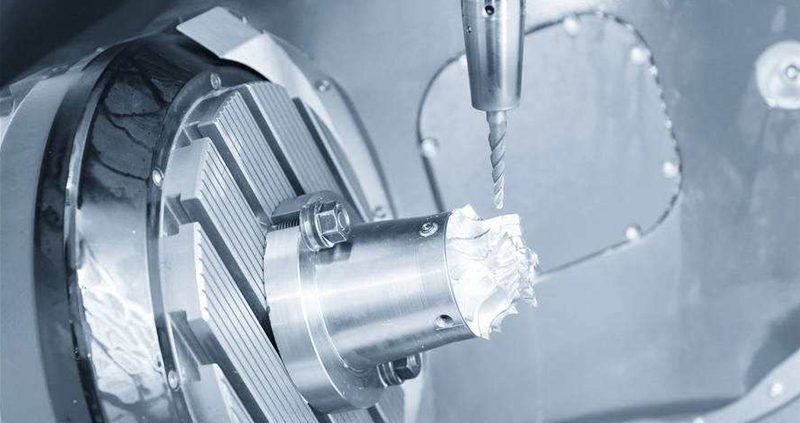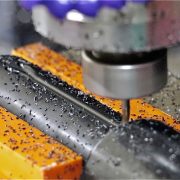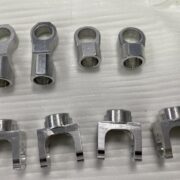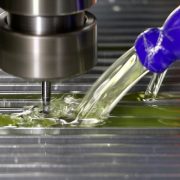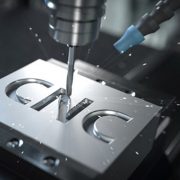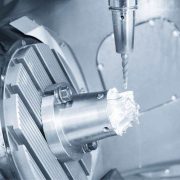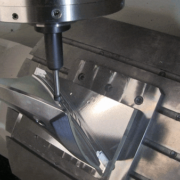The Process Of CNC Machining
The Process Of CNC Machining
1.Confirm the machining area and the specification of machined parts.
a)Firstly,determine what process has been used to process this workpiece before and what process will be used to process it, and then confirm the relationship between these processes.
b)The condition of the workpiece before.For example,it was a casting parts or a forgeable piece or a bar parts,and the shape,the dimension,the machining allowance of workpiece and so on.
c)What area and shape need to be machined in next process.
2.Confirm the clamping way of the workpiece and design the fixture.
Select and design the fixture according to machining area,locating basis and clamping requirement of the workpiece.Mostly CNC machine will use three-jaw self-centering chuck to clapm the workpiece.
3.Confirm the machining method.
a)Determining the process principle,generally there are first rough then essence, near then far,inside then outside,the least procedure section, the shortest tooling route and special cases for special treatment.
b)In order to improve the production efficiency and ensure the finish machining quality of parts, the rough machining process shall be arranged first during cutting, and a large amount of machining allowance before finish machining shall be removed in a short time, and the allowance uniformity requirements of finish machining shall be met as far as possible.When the roughing process is finished, the semi-finishing and finishing should be arranged after the tool change.The purpose of arranging semi-finishing is when the uniformity of the remaining allowance after rough processing can not meet the finishing requirements,it can arrange semi-finishing as a transitional process,so that the finishing allowance is small and uniform.
c)Near than far is according to the distance from the machining position to the tool.Generally,to shorten the tooling distance and reduce the idle time,we will machining the position that more closed with the tool when are rough machining.Near than far is good for turning processing,whhich are the cutting conditions can be improved and keeping the rigidity of the blank or semi-finished parts.
d)For the parts need to be machined both of the inside surface and the outside surface ,we should machining the inside before outside when we are planning because it is difficult to control the size and shape of the inner surface, the tool rigidity is correspondingly poor, the durability of the tip edge is reduced by the heat of cutting,and chip removal is difficult during machining.
The above principles are not set in stone,some special cases may require a flexible approach.For example,some workpiece must be finished after rough processing to ensure its processing accuracy and quality.

